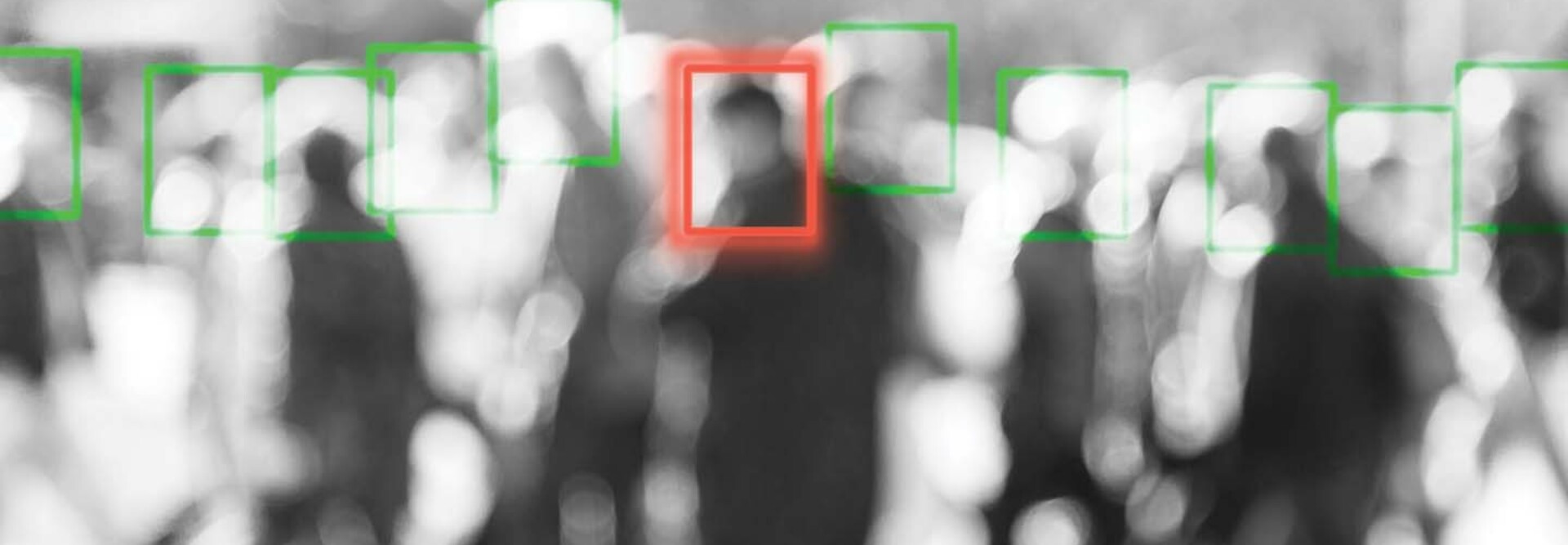How Has AI Been Integrated into Physical Security Tools?
When we talk about AI in physical security, we’re talking about a few different things. Security cameras offer the most AI-enabled features, including face recognition, license plate recognition, weapon detection, and visitor management and identification. These features ensure that everyone entering campus property — whether in a vehicle or otherwise — is accounted for and where they’re supposed to be.
Access control systems equipped with AI can identify whether an unauthorized person is attempting to gain access to a restricted area, and they can activate emergency lockdown procedures should the need arise. Environmental sensors also use AI to listen to their surroundings to identify loud voices, keywords or threats that campus security can respond to quickly.
AI Security Does Not Replace the Human Element
In security, seconds matter. AI-enabled technologies help campus safety teams respond quickly, with more information than they would have from manually monitored surveillance tools. Putting people in charge of monitoring and recognizing security threats leaves room for error. Despite their best intentions, people take breaks, their attention wanders and they can miss things. AI, on the other hand, is continuously monitoring every device 24/7 and can immediately alert security teams of threats.
DISCOVER: Physical security site assessments optimize surveillance.
This is not to say these systems are going to — or should — replace the human element. While AI can alert campus security about potential threats, it’s up to the humans to respond. AI exists to provide as much information as possible to shorten human response time and ensure accuracy in those responses. Security personnel are more informed when they arrive on the scene and can make decisions more quickly.
Implement AI Security Tools in a Phased Approach
If all this has you considering your current physical security strategy and wondering where AI fits in, there are some steps you can take. Because of the size and scope of a college campus, funding a full-scale rollout of brand-new camera equipment is rarely going to happen. Instead, approach these projects by building or by department. Engaging in pilot projects to test the technology on a small scale before rolling out larger initiatives can help IT and security teams determine what works and what doesn’t.
For further guidance in implementing these technologies, CDW’s team of experts offers services ranging from initial site assessments to determine the best camera and sensor positions to implementation and training of not only campus safety staff but also administration officials and local law enforcement.
While no one can predict what the future holds for AI, we can make some guesses. It’s likely the technology’s recognition and detection capabilities will become more accurate and detailed. It could incorporate data analytics for even more precise predictions. Whatever the case, AI and people will continue to work together to make our colleges and universities safer and more secure.












